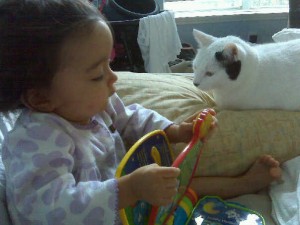 World Rare Disease Day 2010 will be held on February 28. Please join the Global Genes Project to help raise awareness for Rare Diseases of all types by wearing denim on Feb. 28 or holding an event in your local area to raise money for your favorite Rare Disease charity.
World Rare Disease Day 2010 will be held on February 28. Please join the Global Genes Project to help raise awareness for Rare Diseases of all types by wearing denim on Feb. 28 or holding an event in your local area to raise money for your favorite Rare Disease charity.
According to the National Institutes of Health (NIH), 1 in 10 Americans suffers from a Rare Disease — that’s 30 Million people in the US alone! Collectively, Rare Disease is not so Rare! Join our campaign to help raise awareness by downloading your jean ribbon today and spreading the word!
Here are some facts on Rare Disease that you may not know:
- A Rare Disease is life-threatening or chronically debilitating disease which is of such low prevalence that special combined efforts are needed to address them (ie. such as neuronopathic Gaucher’s disease)
- Approximately 7000 different Rare Diseases exist, with countless awaiting researchers to identify
- Today, Rare Diseases are not being invested in by pharmaceutical companies because of small patient populations and lack of financial incentives to Pharmaceutical and Biotech companies
- Pharmaceutical companies have only developed treatments for 200 of the 7000 rare diseases causing a healthcare crisis
- Approximately 75% of Rare Diseases affect children (22.5 million in the US)
- 50% of the identified Rare Diseases have no foundations, support groups or community support for the families
Let’s never give up Hope! It’s In our Genes!


Latest Comments